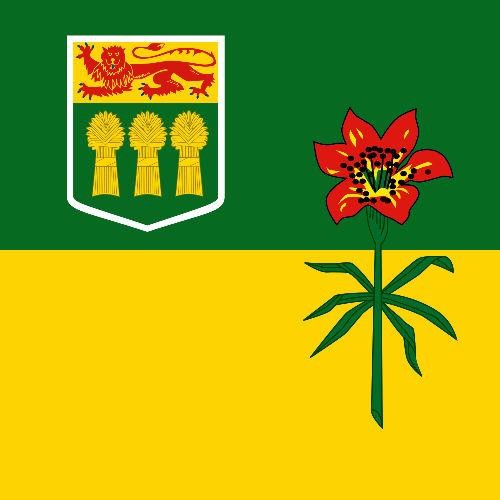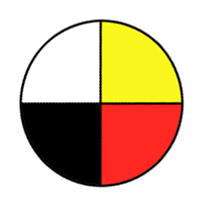View and evaluate, critically, visual and multimedia texts identifying the persuasive techniques including promises, flattery, and comparisons used to influence or persuade an audience.
| (a) |
Gather information from a variety of media (e.g., photographs, web sites, maps, diagrams, posters, videos, advertising, double bar graphs, maps, videos). |
| (b) |
Select and flexibly use appropriate strategies (before, during, and after) to construct meaning when viewing. |
| (c) |
Understand and apply relevant pragmatic, textual, syntactical, semantic/lexical/morphological, graphophonic, and other cues and conventions of communication to construct and confirm meaning when viewing. |
| (d) |
Discuss purpose, perspectives, and biases and how visual texts including First Nations and Métis resources can be used to persuade others. |
| (e) |
Recognize point of view and distinguish between fact and opinion. |
| (f) |
Identify the values underlying visual messages and recognize persuasive techniques and purposes in oral presentations and various media (e.g., promises, dares, flattery, comparisons). |
| (g) |
Analyze visual texts (including First Nations and Métis art and other texts) as sources for information, entertainment, persuasion, interpretation of events, and transmission of culture. |
| (h) |
Identify how the language, explicit and implicit messages, and visual and multimedia features (e.g., sound, colour, movement) are used to influence the intended audience. |












